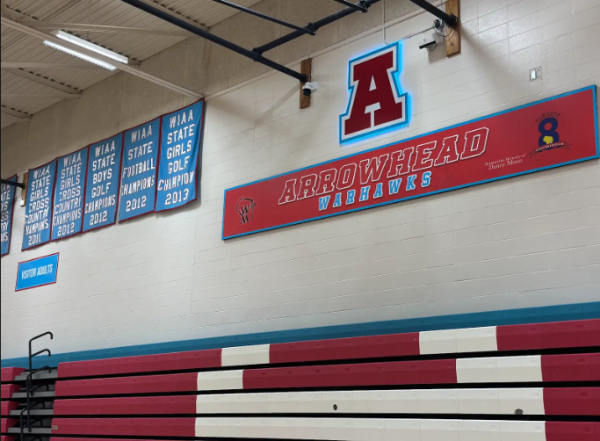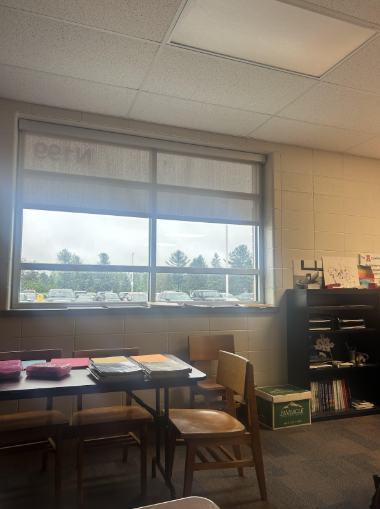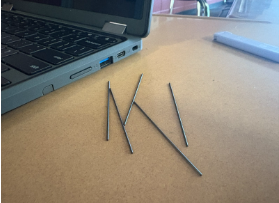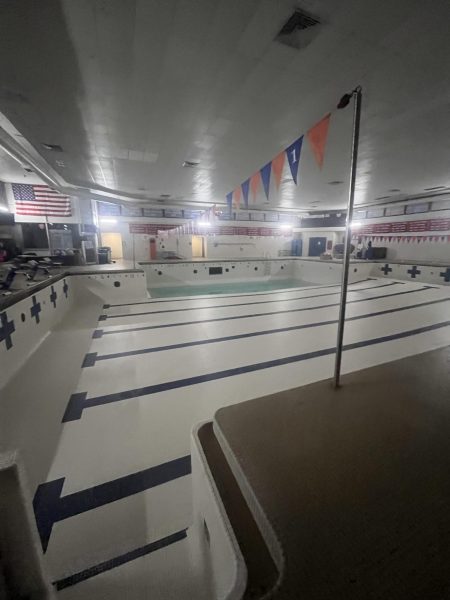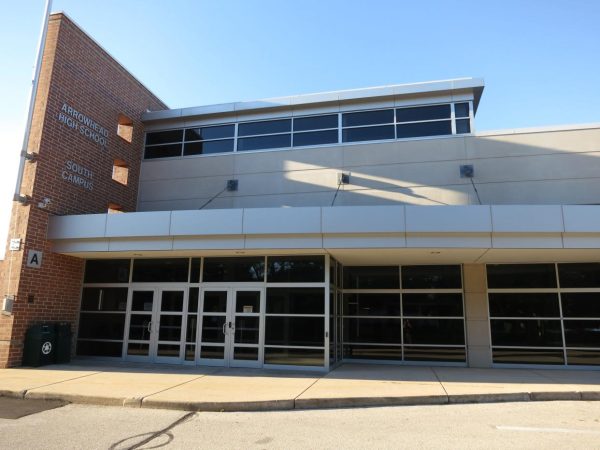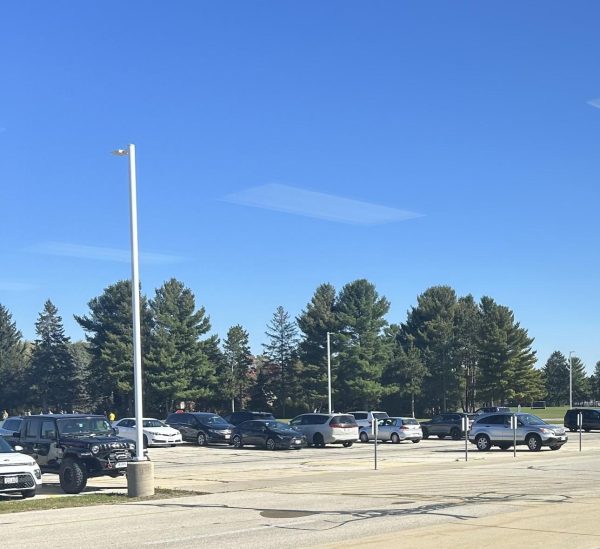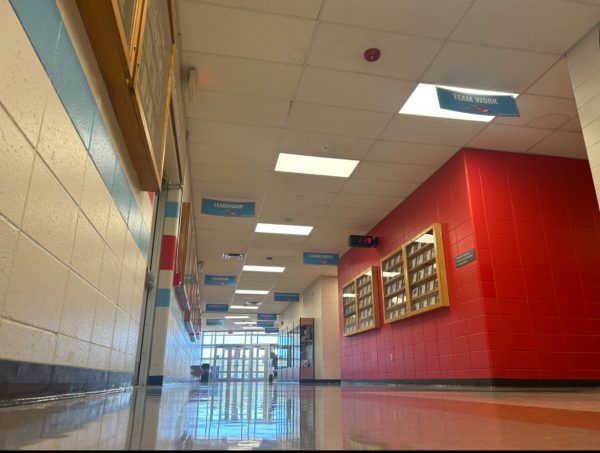Two Arrowhead Students Place Third In KCCLA Poetry Competition
Two of Arrowhead’s students, senior Michael Zordani and 2021 graduate Anabelle Weiss, received third place in the 2021 Korean Cultural Center Los Angeles’s poetry competition. Their winning pieces are poems, titled “The Ballard Of Smiles” by Zordani and “Korean Hibiscus” by Weiss.
The winner of the competition won $1,000, second place $500, and third $200.
Arrowhead Creative Writing teacher, Elizabeth Jorgensen, shared this competition with her students. “I try to get my students to write for authentic purposes and writers’ markets,” she says. “I was so happy for both Michael and Anabelle. They crafted beautiful poems that were both very deserving of this honor.”
At first, Zordani was “not too keen” on writing poetry. He says he was scared of “starting something new” which also pushed him to start writing poetry.
Zordani says, “Without the guidance of my old English teacher, I do not believe that I would have ever tried out poetry. I think I would never have found my niche.”
Poems entered into the KCCLA competition needed to address ethnic harmony and the Los Angeles riots of April 29, 1992.
Zordini’s piece is a piece about a fictional Korean shop owner who is called Smiles. Smiles is a character that is described as “kind” in the poem. She has a shop in Los Angeles, which was untouched by the riots due to the fact that everyone knew how kind she was. The looters didn’t break in because it was “the source of their youth.”
The Ballad of Smiles
By Michael Zordani
I am a windowpane,
suspended in the walls of a corner store in Koreatown.
Every day I see my shop owner,
she opens up the store bright and early with a huge grin on her face.
She plagues the community with a bright soul and a touching personality.
It’s like a sickness,
everyone seems to contract this false virus of kindness.
These vials of happiness escaped from the lab,
and oozed their way into the safe haven,
distributed by one person.
They call her Smiles.
Little kids run to her store all hours of the day,
all white rows of teeth gleaming in the sunlight.
Their eyes sparkle with delight when they get to see the owner.
They love her with all their heart,
she is their Korean mother.
She tries to hold the thin rope, slowly ripping apart, and slipping away,
from her thin and cracking hands.
This rope is the racial divide.
Sometimes my glass fogs up from the breath of those little kids,
for they are far too excited and unable to control their breathing.
This was the only store on the street that had this harmony.
April 29, 1992.
It was dark,
then the silence broke.
Flames erupted from the store across the street.
The flames danced in the night sky,
the black smoke tickled my glass,
making it hard for me to see.
The gunshots, so loud and synchronized, it sounded like fireworks.
BOOM! BAM! POP! POP! POP!
It went on the whole night.
People ran into stores,
collected loot like they owned the place.
Women cried out,
men stood on the roofs,
with heavy artillery.
They defended their businesses for it seems the people entrusted to do so took a blind eye and resented their duty and obligation to protect the world, not just from crime,
but also from hate.
All this happened, but at what cost?
Everything that they worked so hard for is now lost.
The looters run past,
hands heavy and eyes wide,
the white of their eyes made visible by the star-crossed moonlight.
I can still make out a couple of voices calling out from the crowd.
“NO! Don’t loot this store! This is Smiles’ store!”
They kept moving,
the store untouched.
Left alone like some kind of cherished toy kids held onto long into adulthood.
Where was Smiles?
She was nowhere to be found, at least,
not anywhere near her store that was visible from the windowpane.
She was smart.
The looters could climb in and find a way in,
but this store,
this store was a community and culture of its own.
It was the source of their youth.
The place where one could go and feel safe.
The day after,
I heard Smiles thanking those boys for saving her store.
They did not have to,
but they chose to keep their peace with someone that was spreading it.
Maybe, one day in this world,
everyone will find peace and make the world more connected and unified.
Everyone must do their part and find the good inside of themselves.
Weiss uses a Korean Hibiscus flower in her piece to show that even though something can fall and break, it can still bloom again better than before.
Korean Hibiscus by Annabelle Weiss
In the midst of chaos,
a flower pot lays sprawled across the concrete.
Rich and newly-poured soil is scattered on the ground,
mixing with ashes falling from the sky like black snowflakes.
As if the plant understands,
water flows from the soil and across the dirty concrete,
coloring the concrete a dark gray
with it’s tears.
Roots are still loosely attached to the spilled soil,
connected to a young and fragile stem.
Laying on it’s side is a pale pink,
Korean hibiscus.
It’s soft petals are scratched,
and brown lines travel along curled-up edges,
as if shielding itself
from the hatred that pollutes the world.
It’s habitat is destroyed, it struggles to survive,
gasping for air that’s not polluted by smoke,
and desperate for water
within a burning city.
Rewind:
The Korean hibiscus
sits high on the balcony’s ledge,
naive to the falling distance below.
Proudly,
the flower’s head
tilts toward sunbeams,
absorbing the nutrients.
Perfect weather spoiling all living in Los Angeles,
riots still yet to begin.
An unaffected flower grows untouched,
its fragile home balancing on a metal balcony.
But without cracks and scars,
how do we learn how to glue the pieces together again?
Without hardship, how do we learn to recover?
Without history, how do we improve the future?
Fast Forward:
With time and recovery,
the green skin of the Korean hibiscus grows tough,
stronger than before.
With careful reconstruction, the brown flower pot sits proudly once again.
Unique scars show despite the glue,
but still supports the plant,
and tells it’s past story like a tiled mosaic.
The flower’s pink face points toward the sky,
more grateful than ever
for memories of smoke-infused clouds to dissipate
and new hope to rise.
Zordani says he was enthusiastic when he first found out about his placement.
Zordani said, “This was the first time my writing won an award, and to me, this meant a lot. It reflected how much time and effort I had put into this work.”
Zordani’s first ever memory of writing poetry was when he was in fourth grade when he had to write a Japanese Haiku.
While in Jorgensen’s class, Zordani said he was in “his groove” because poetry finally came “natural” to him due to the many lessons before this piece.
Zordani is still writing poetry. He says, “I am still currently writing poetry in my free time. Whenever I feel good inspiration or I want to express myself.”
.
